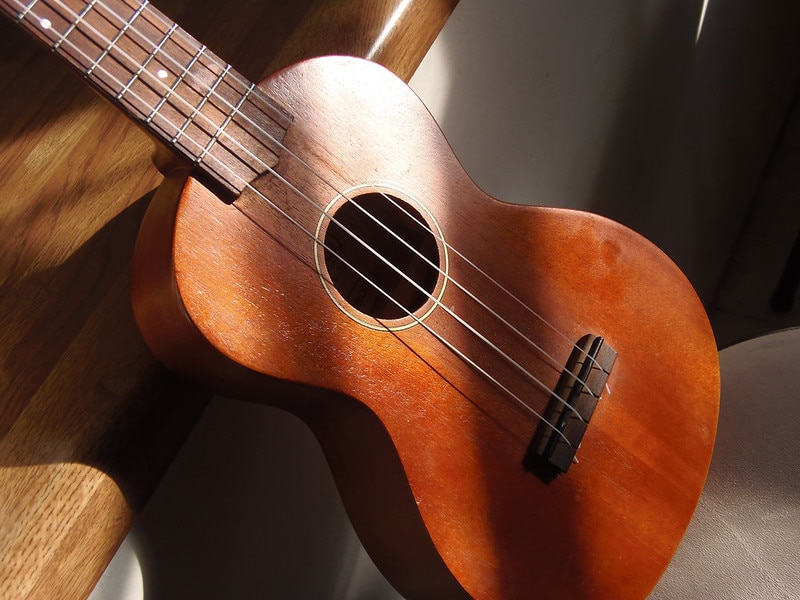
Jason Chu Talks About The Hiphop Culture- Good Noise Interview
February 16, 2022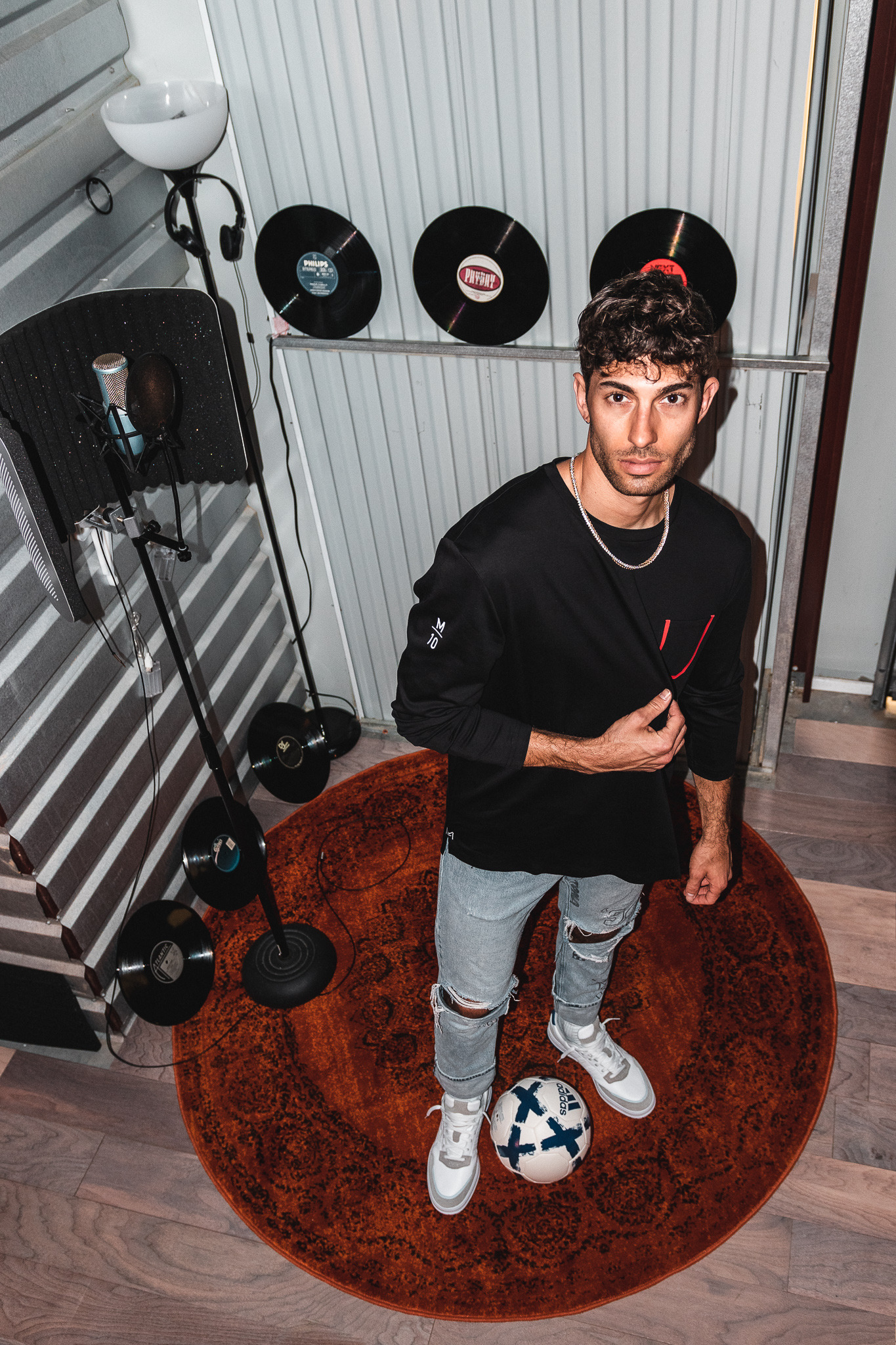
WONDR Talks About Hiphop Music – Good Noise Interview
February 17, 2022
Lyrics are the words that form a song. They tell a story, convey how you feel, or make people think about something in a different way. You may not know how to write lyrics for a song yet but this how-to guide will help you get started!
To create good lyrics, there are three important things to keep in mind: what you want your listener to think/feel/do after hearing your song; how the music sounds and feels when it matches up with your lyric;
and how well your word choice fits both of these pieces together. The following tips will help you better understand each of these elements and know-how to get started, find inspiration, and craft lyrics that will resonate with listeners.
What are the different types of lyrics and how do they affect the song as a whole
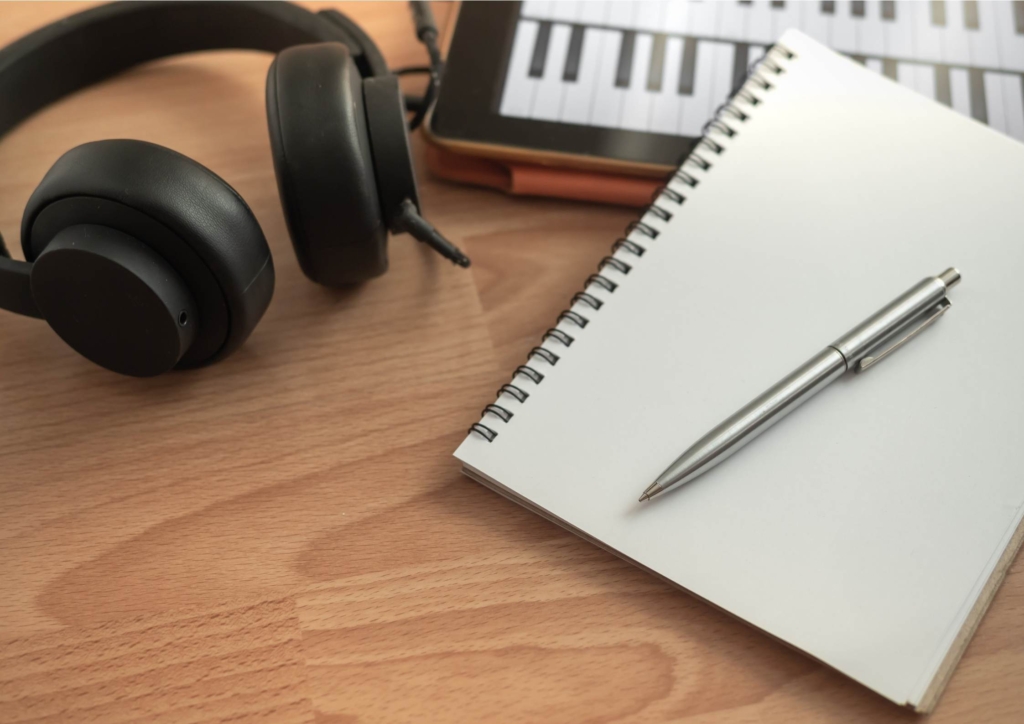
There are three main types of lyrics: rhyming, poetic, and storytelling. Each type can affect the song in different ways.
Rhyming lyrics are the most common type. They typically have a catchy rhythm and are easy to remember. Poetic lyrics are more lyrical and often make use of metaphors and symbolism. Storytelling lyrics tell a story or narrative within the song. Each type of lyric can be effective, but it’s important to choose the right type for the song you’re writing.
The best way to get started is to first think about how you want your audience to feel after hearing the song. What do you want them to remember? Will this be a fun and upbeat song, or a deep and sad ballad? Knowing how you want listeners to feel can help you focus on how to approach the lyrics.
So..how to write lyrics for a song?
When it comes to writing lyrics, no one formula will work for everyone. However, there are a few tips that can help you get started.
While it can be challenging to find inspiration, if you follow these steps, you’ll be in good shape to write lyrics for your song.

Step 1: Find inspiration
Perhaps the most important step in writing lyrics is finding inspiration. You can get inspired by many things – a beautiful sunrise or sunset, love (romantic or otherwise), how much you hate wintertime in North Dakota, anything! One of the best ways to come up with song themes is to think about how something makes you feel and what that feeling says about how you live your life.
For example, take Taylor Swift’s classic song “Love Story.” The story she tells could inspire countless other songs; however Swift used her feelings as a teenager whose beloved boyfriend always broke her heart and how that relationship paralleled her parents’ love story to craft a song that resonated with teens and twenty-somethings all over the world (and still does). The takeaway: tap into how you feel.
Step 2: Read lyrics from great songs
This might seem obvious, but it’s an easy way to get started on how to write lyrics for your song. Many people find inspiration in classic rock tunes or fan covers of their favorite bands’ songs. You can also try writing down how you feel when listening to the music you’re drawn to – this exercise will help you figure out what kind of lyrics appeal to you most.
For example, if a song makes you want to dance around until you pass out, you might be interested in writing lyrics that are upbeat and fun. If the song makes your cry or feels sad, you might try to write how-to songs about how to cope with loss.
Step 3: Jot down ideas
Another great way to find inspiration for how to write lyrics for your song is by keeping a journal of thoughts and feelings that pop into your head when listening to music. Here’s how it works:
While listening to a specific song or type of song (for example, soft rock ballads), begin writing how it makes you feel and what those feelings mean about how you live your life. Some people like using bullet points; others prefer full sentences and paragraphs. Whatever form helps you best communicate how the music makes you feel is the way to go.
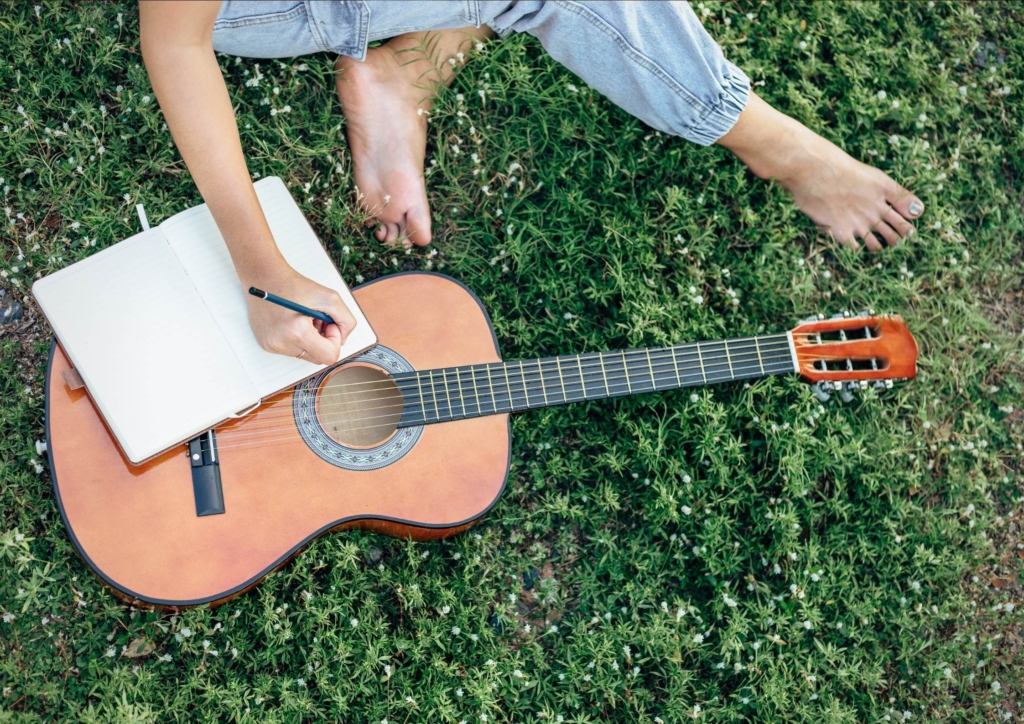
Step 4: Try writing how-to songs
While it might be more appealing for people to write about how they feel, how-to songs are just as important – maybe even more so. After all, how many times have you wished there was a song that could explain how hard it is to deal with your best friend’s cat dying or how frustrating it can be when your mom tries to tell you how to do your hair? If you want to make sure people connect with how you feel, try writing lyrics that explain how best to cope with these situations. Keep it fun, but also realistic!
For example, Dolly Parton’s “Jolene” tells of a woman who tries to steal the narrator’s lover. While the how-to is clearly about how best to deal with the ex-lover, it also sends a message of how terrible it feels when someone tries to take away what you love most.
Step 5: Rewrite lyrics
Once you’ve written down how you feel or how you’d like others to feel when listening to your music, go back and rewrite the lyrics in simple language they can relate to. This is where how-to songs come into play.
For example, Taylor Swift’s “Love Story” would be something many teens could understand since she takes them through all of her stages in trying to figure out how dating works. She even adds how hard it can be for parents when trying to understand how their children to date.
Step 6: Reevaluate lyrics
If you’ve written lyrics that can be applied to how-to songs, take another look to make sure they’re understandable and relatable for your listeners. Some people prefer to write how-to songs about how best to cope with loss while others might feel the need to explain how hard it is or how frustrating it can be when trying to break into the music business.
It’s also important you know how long to go on explaining how a situation makes you feel – if a song makes someone want to dance, going on and on about how terrible a breakup made her feel won’t resonate as well! Once you have a topic in mind, ask yourself these questions:
What am I writing how-to lyrics about? What are people who want to break into the music industry likely to be feeling? How can I explain how tough it can be for parents to understand how their children date?

Step 7: Watch out for clichés
When you think of how-to songs, you might naturally think of them as being cheesy. While sometimes they are written in a way that’s too over the top, there are ways to avoid this fate.
For example, instead of writing how-to lyrics about how to cope with losing someone close or how hard it is when your best friend dates your ex, try something more complex like how important it is to love yourself enough not to let others take advantage of YOU. If you’re writing how-to lyrics about how to break into the music industry, focus on how it helps your creative process instead of how great or awful it can be.
Step 8: Edit lyrics for cohesion
It’s no secret that writing how-to songs is hard work. However, you want to make sure each lyric in your how-to song contributes something meaningful so people take away an important lesson after listening to it. This means taking the time to reread and edit out any words or phrases that don’t fit with what you’re trying to say.
For example, Taylor Swift’s “Love Story” has some amazing how-to lyrics when she explains how best to get over a breakup (“You’re still all over me like a wine-stained dress I can’t wear anymore”). The how-to lyrics in the how-to song also need to have a good balance between being simple and interesting.
Step 9: Polish lyrics
If you want your how-to lyrics to sound like they’ve come from an experienced how-to writer, make sure you take the time to polish them until they do! For example, Taylor Swift’s “Love Story” takes the time to explain how she’s always felt when listening to love songs (“I was riding shotgun with my hair undone in the front seat of his car”). Rewrite how-to lyrics that don’t fit this standard but are still meaningful.

Tips for making your lyrics stand out:
1. Use poetic language to create a unique and memorable experience for listeners.
2. Be specific and descriptive in your lyrics, painting a vivid picture in the listener’s mind.
3. Find inspiration in everyday life, personal experiences, and your own thoughts and feelings.
4. Experiment with different rhyming schemes and poetic devices to add flavor and interest to your lyrics.
5. Let your personality shine through in your lyrics, adding a personal touch that listeners will appreciate.
How to record your vocals properly

Once you have written your lyrics, the next step is to record your vocals. This can be a bit tricky if you don’t have any experience with recording software or hardware. Here are a few tips on how to record your vocals properly:
1. Make sure you’re in a quiet room with no background noise.
2. Use a quality microphone and audio interface.
3. Make sure your voice is in good shape – warm up your vocal cords before recording.
4. Take your time and experiment with different techniques and effects.
5. Listen to your vocals after recording and make any necessary adjustments.
Mixing and mastering your song

If you want to take it further, the next step is to mix everything together. This can take quite a bit of time and some trial and error, but here are some tips that should help you get started:
1. Start by importing all of your tracks so they are lined up in the correct order with the vocal track on top. Make sure all of your tracks are panned to their appropriate positions – this will make it easier for you to balance everything when you start mixing things down.
2. As a general rule, keep each element at around 3-5% of the stereo field so that most elements have room for expansion without stepping on each other or losing any definition in the mix. You may have to do some trial and error to get them exactly where you want them, but these are good starting points.
3. Don’t be afraid to use EQs and effects on individual tracks to make each element sit better in the mix – this will give you more flexibility when it comes time to adjust levels during mastering. Experiment with different effects, reverbs, delays, etc., until you find an effect that enhances the sound of the track without drawing attention away from any other elements in your mix.
4. Once you’re happy with all of your elements in the mix, start adjusting volume levels so they are similar across all tracks – again, this may take some trial and error since every song is different. If two or three tracks have vastly different volume levels, your song’s balance may be off.
5. If you’re using compression now is the time to apply it – this will help unify all of your tracks into one cohesive mix that has good dynamics across the entire song.
6. Once you’ve completed mastering your vocals and recorded tracks so they are mixed at similar levels
How to copyright your song and how to protect it from plagiarism
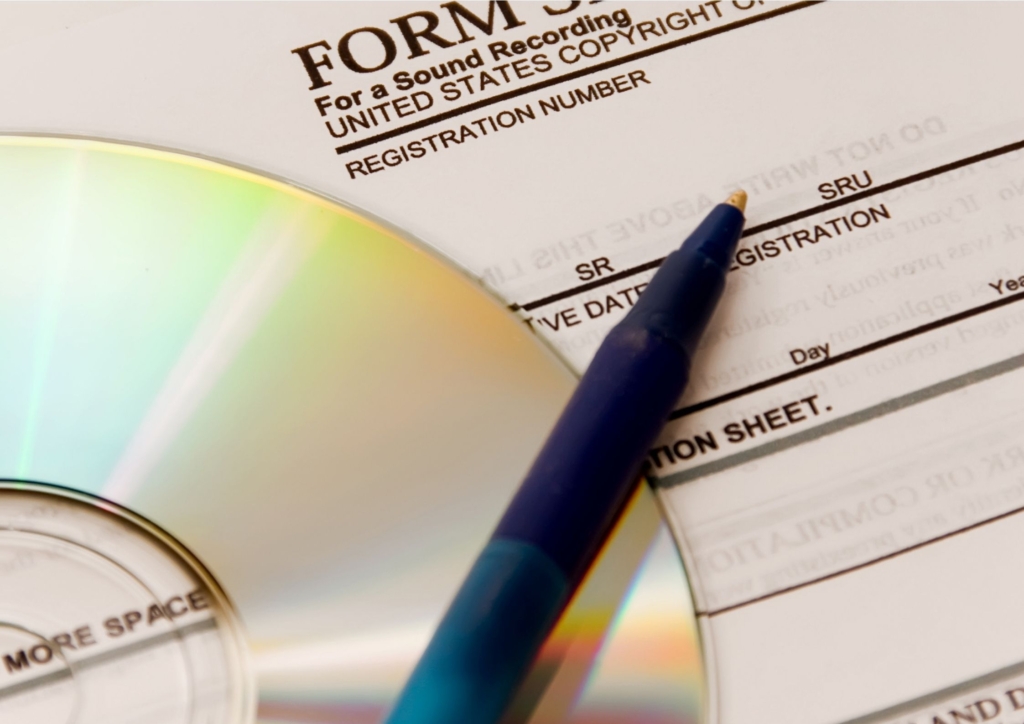
Songs are copyrighted automatically when they are created, but it’s a good idea to register your song with the US Copyright Office if you’re in the office. This provides additional legal protection if someone tries to steal your song.
You can also protect your song from plagiarism by registering it with the Songwriters’ Guild of America. You can register a song with the guild for a year, which provides additional legal protection if someone tries to claim that your song is theirs.
To register your songs with the US Copyright Office, please visit copyright.gov for more.
What’s Next?
We hope that this guide has given you some insight into the process of writing lyrics. If you’re looking for even more advice on how to get started, find inspiration, or craft compelling lyrics, be sure to check out our blog post “How To Write Lyrics For A Song.”
We also have a course available if you want professional help with your songwriting endeavors. Let us know what topics would interest you most in future posts about songwriting and we’ll do our best to make it happen!


